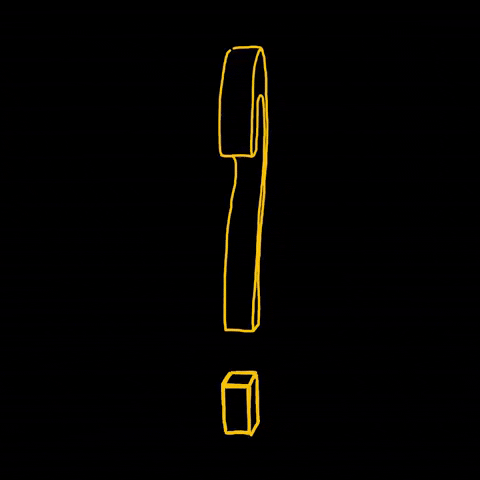
Error 404 - Not Found
Please check the URL for proper spelling and capitalization. If you're having trouble locating a destination, try visiting the:
Return Home
Please check the URL for proper spelling and capitalization. If you're having trouble locating a destination, try visiting the:
Return HomeContact Us
Ready to connect?
Our expert team is ready to answer your questions.